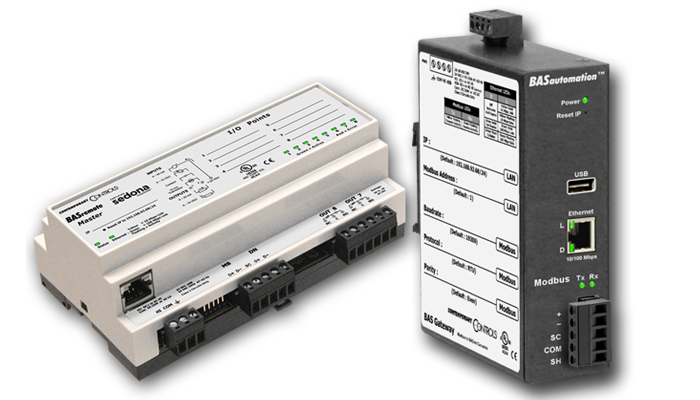Modbus Simple Communications Protocol

Modbus was introduced in 1979 by the company Modicon, a leader in the infant programmable logic controller (PLC) market. It was intended as the internal point-to-point communications protocol between Modicon PLCs and programming panels used to program the controllers. The protocol continues to thrive because it is easy to understand, and many engineers have "cut their protocol teeth" on Modbus. Besides, it is an open system and can be used royalty-free. It is not restricted to just industrial automation. Modbus can be found in numerous diverse automation industries including building automation.
There are two implementations of Modbus that are found today in industry. The first implementation is the traditional implementation of Modbus over a serial line called Modbus Serial. The second implementation is more modern with Modbus operating over a TCP/IP network called Modbus TCP. Both implementations remain popular and can be integrated to larger networks using the BAS Remote.
Gateways map individual Modbus registers into BACnet objects. With the BASremote, all connected Modbus devices appear as one BACnet device object with a collection of object points representing the various Modbus registers. Using the concept of virtual routing, the BASgatewayLX treats each connected Modbus device as a separate BACnet device with object points representing only those registers of the addressed device.
Related Products
Gateways
Gateways map individual Modbus registers into BACnet objects. With the BASremote, all connected Modbus devices appear as one BACnet device object with a collection of object points representing the various Modbus registers. Using the concept of virtual routing, the BASgatewayLX treats each connected Modbus device as a separate BACnet device with object points representing only those registers of the addressed device.
